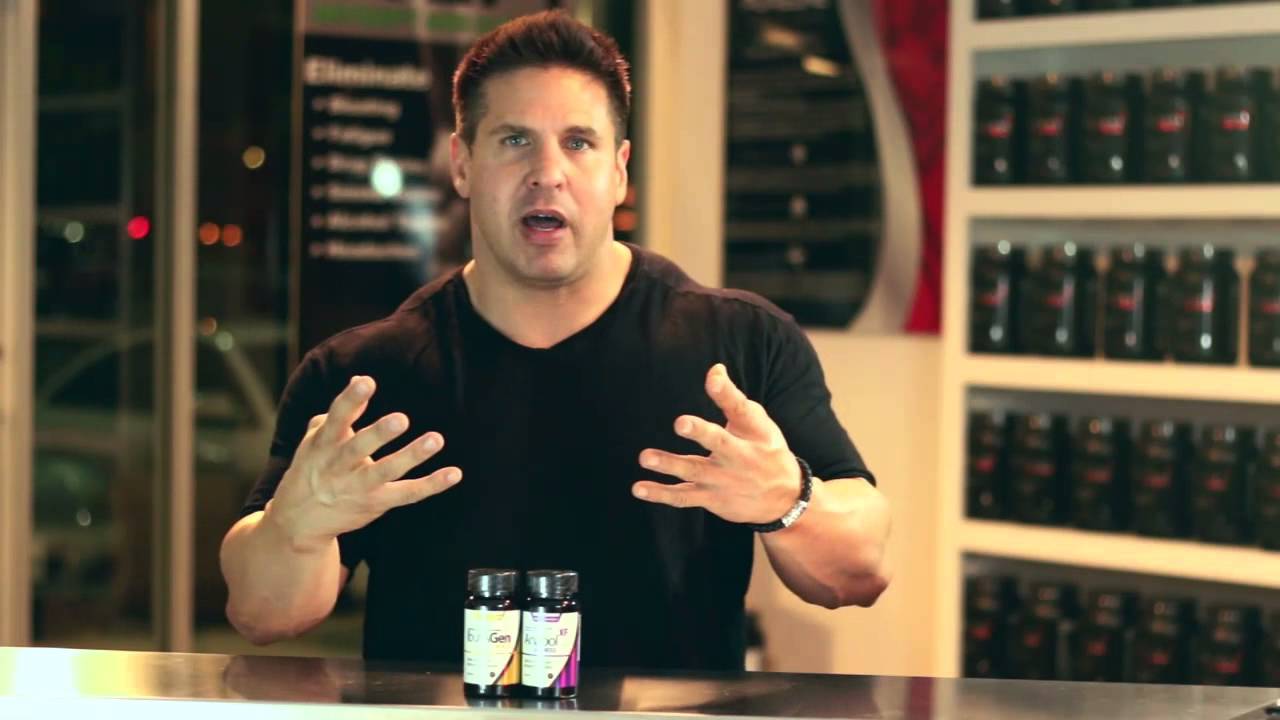How to Lower Your Blood Sugar Levels With 13 Indian Herbs – A Natural Diabetes Treatment
Indian Herbs For Natural Diabetes Treatment
1. Bitter Melon (Momordica charantia)
Bitter melon is widely used in Indian medicine as a treatment option for diabetes. It is cultivated extensively in Asia, and parts of Africa and South America.
2. Cherukurinja (Gymnema Sylvestre)
Cherukurinja also known as Meshasringi or Gurmar is popular in India as a "sugar killer". It is primarily used in the treatment of Type II diabetes. It is a common ingredient in herbal formulas aimed at reducing blood sugar levels. It is also known to have weight reduction properties by reducing the sweet cravings of patients. It increases the ability of the pancreas to produce insulin as well as insulin receptors in cells, thereby helping to control blood sugar levels. Gymnema extract is produced from the leaves of the plant. The leaves are dried and powdered along with coriander; the juice is then prepared and consumed orally for managing high blood sugar levels.
3. Aloe Vera
Aloe Vera is more popular as a herbal remedy for burns and skin diseases, but recent studies point out the possibility of Aloe Vera's ability to reduce blood sugar levels. A recent Japanese study isolated phytosterol compounds from Aloe Vera gel that could lower blood sugar. In addition glycosylated hemoglobin levels were also found to be controlled with the use of Aloe Vera gel.
4. Cinnamon
Cinnamon is known to reduce fasting blood glucose levels as well as cholesterol levels – LDL, triglycerides and total cholesterol are reduced with as low as 1 g of cinnamon a day. Cinnamon is obtained from the bark of a tropical evergreen tree of the Lauraceae family. It is used as a spice for seasoning curries and other Indian food items. It has other medicinal properties such as its ability to reduce nausea and increase appetite. It is also known to be a cure for gastro-intestinal problems such as gas and indigestion. Cinnamon is known to improve the insulin response of fat cells in the body and can increase the conversion of blood sugar to energy by as much as 200%. It also reduces the formation of free radicals thereby delaying the manifestation of diabetic complications.
5. Indian Kino (Pterocarpus Marsupium)
Indian Kino (Pterocarpus Marsupium) also known as Malabar Kino is a huge deciduous tree normally found in South India and Sri Lanka. It is also known as Pitasara or Venga. It has a proven effect of lowering the glucose absorption from the gastrointestinal tract as well as in increasing insulin levels in the body. It is also known to regenerate pancreatic cells that produce insulin, called beta cells. This regeneration is something no other drug or herbal remedy has been able to achieve. It has been used in India for a long time in the treatment of diabetes. In an experiment in rats, it was found that the epicatechin extracted from the bark of the Malabar Kino was shown to prevent beta cell damage artificially induced by alloxan.
6. Fenugreek (Trigonella foenum-graecum)
Fenugreek can be grown in your house as a herb in a pot. It is vastly found all over China and the Mediterranean areas. Fenugreek leaves as well as seeds are used as a seasoning in most Indian foods. Fenugreek seeds are fiber rich and that is what contributes to its ability to control diabetes. There is another active component in the fenugreek seeds known as trigonelline which has blood sugar lowering properties. Fenugreek is widely cultivated as a crop, and it has other medicinal properties such as ability to improve appetite and manage gastrointestinal problems and skin diseases. It is also known to improve lactation and aid faster healing of wounds and is often an integral part of traditional Indian treatment for women post delivery and as a health supplement for lactating mothers.
7. Gooseberry
Gooseberry or Amla as it is locally known in India, a good source of Vitamin C and has a lot of antioxidants. Traditionally the juice of gooseberry is mixed with bitter gourd juice as a treatment for diabetes. The ratio is typically one teaspoon of gooseberry juice for one cup of bitter gourd juice. The medicinal property of amla is supposed to improve the insulin generation capability of the pancreas. Amla can also be used in powdered form after drying and grounding it. The vitamins are preserved even in the dried form and it is considered a much better source of Vitamin C than grapefruit and lemons. It is also used for treatment of urinary infections as it is known to reduce the body heat. It also reduces body fat and is good for the eyes. Thus it can effectively delay the onset of diabetic retinopathy in patients.
8. Tenner's Cassia
The flower and seeds of Tenner's Cassia are found to be effective in lowering blood sugar levels. It can be mixed with honey and consumed daily.
9. Blueberry (Vaccinium Myrtillus)
Blueberry leaves have been traditionally used as a treatment for diabetes. It has an active ingredient called myrtillin that helps to reduce blood sugar levels. It also strengthens the blood vessels and reduces the adverse effects of free radicals in the body. Blueberry leaves are also used in the treatment of diabetic eye diseases. Bilberry is another plant that can lower the risks of diabetic eye diseases such as cataract and retinopathy. Other herbal remedies commonly used in the treatment of diabetes include onion, garlic, gymnema, Momordica charantia and nopal. Leaves of certain plants have been traditionally used in Indian medicine for treatment of diabetic patients. Here is a list of leaves that are commonly used.
10. Leaves of Mango for controlling diabetes
Mango is known as the king of fruits in India. It is consumed in large quantities all over India during the summer months as a tasty fruit. The leaves of the mango tree are used as a treatment for diabetes. The tender leaves are soaked overnight and the next day morning, it is squeezed and filtered out. The water containing the essence of the mango leaves is consumed every morning for reducing blood sugar levels. Mango leaves can also be dried and powdered and consumed in powder form. The recommended dosage is one teaspoon of this powder twice daily.
11. Neem Leaves (Azadirachta indica)
Neem leaves are also well known in India for its anti-diabetic properties. Again, the leaves can be consumed in dried powder form or in the form of juice. The recommended dosage for diabetic patients is typically five ml in the morning. Neem leaves are bitter in taste and diabetic patients may find it difficult to follow this regime. It is usually sweetened with honey, which is not harmful for a diabetic patient despite its sweetness. Diabetic patients should follow this treatment for a prolonged period of time before any noticeable results are obtained.
12. Curry Leaves (Murraya Koenigi)
Curry leaves are typically used as a seasoning in Indian cooking because of its unique flavor. It can be ground with coconut and used as a dip or it can be added to yoghurt as a seasoning. It is also known to aid weight loss, thus obese patients suffering from Type 2 diabetes are often advised to include this in their daily diets.
13. Sweet Potato Leaves
Sweet potato leaves are also extremely beneficial in treating diabetes. However the fruit contains a lot of starch and therefore should be consumed only in very small portion sizes by diabetic patients. Sweet potato leaves can be added along with tea leaves while preparing tea. If used in powdered form then about six teaspoons of powder can be boiled in one cup of water and consumed daily.
How to Lower Your Blood Sugar Levels With 13 Indian Herbs – A Natural Diabetes Treatment by Bob D Williams




